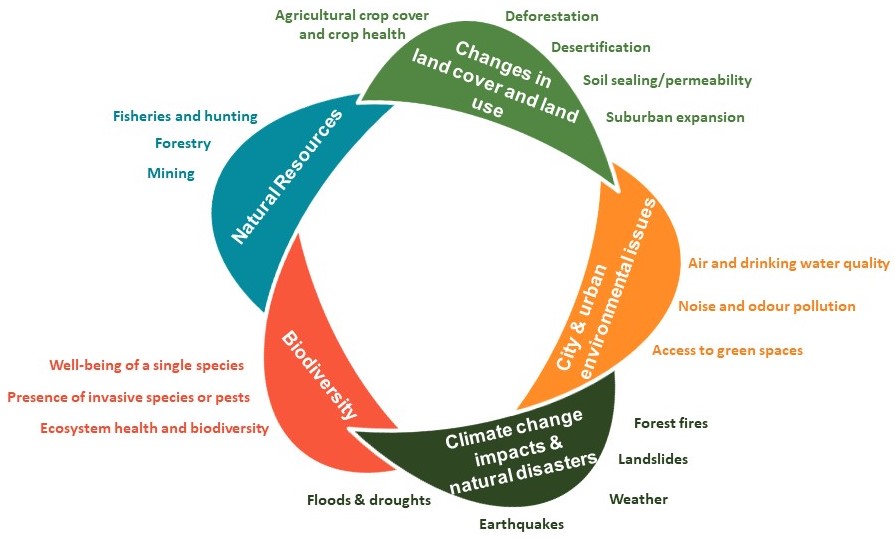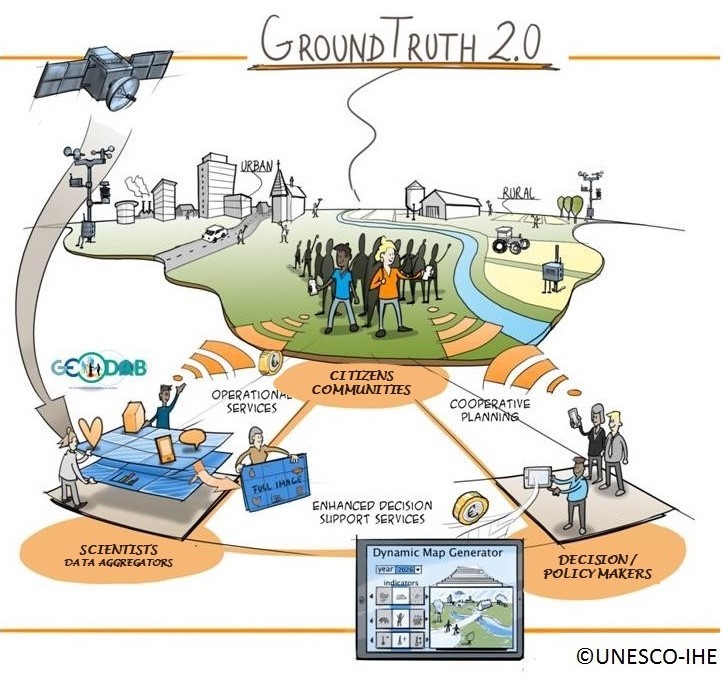Why is it relevant?
There is growing interest in and curiosity about Citizen Observatories. By learning more about their specific characteristics and how they fit within the wider field of citizen science, you will better understand their unique potential. This will help you to know what factors to consider when designing, launching or engaging with Citizen Observatories.
What are the characteristics of Citizen Observatories?
Citizen Observatories are community-based environmental monitoring and information systems.
When the term ‘Citizen Observatories’ first emerged in the early 2010s, Alan Grainger from the University of Leeds defined them as The simplest and most broadly applicable definition comes from Alan Grainger. He defined Citizen Observatories as any use of Earth observation technology in which citizens collect data and are empowered by the information generated from these data to participate in environmental management. Since then the concept of Citizen Observatories has evolved beyond that.
While there is no one official definition, the common characteristics of Citizen Observatories are:
- citizen participation in environmental monitoring and governance,
- typically at the community level or in a specific location, even if linked to a national or global environmental concern,
- in which citizens use modern mobile and web technologies and/or sensors to collect and share data,
- which enhance Earth observation systems and official data sources by filling in gaps and adding detail,
- supporting the flow of data and information between citizens, scientists and decision-makers,
- with a focus on influencing decision-making, policy change and/or environmental governance outcomes.
Two models of recent Citizen Observatories are presented below.
Image: Illustration of Citizen Observatories by the Ground Truth 2.0 project
Image: GROW Observatory
Citizen Observatories can be set up to monitor issues such as:

Useful Resources
TALK: This talk about “Citizen Observatories” by Alan Grainger, University of Leeds, answers questions regarding the potential of Citizen Observatories in monitoring forest and landscape restoration.
PROJECT REPORTS: From our research into the EU Landscape of Citizen Observatories within the WeObserve project we produced two reports: one about the frameworks that can be used to describe Citizen Observatories and one with insights from the experiences of Citizen Observatories.
WEBINAR: “Let’s talk about Citizen Observatories!”, hosted by the COs4Cloud project. The slides for the first talk in this webinar are here.
VIDEO: Citizens’ Observatories: Empowering European Society – This video gives some concrete examples of how citizens can contribute to monitoring the environment using novel Earth observation technologies in the framework of Citizen Observatories.
CONFERENCE SESSION: “Citizen Observatories: the landscape, tools & data innovations for sustainable development“ provides an overview of the current landscape of Citizen Observatories and presents innovations from them, such as new methodologies and conceptual models, as well as data innovations from hackathons, innovation and open data challenges. This programme session was held at the ‘Citizen Science and the SDGs’ conference hosted by the Museum fur Naturkunde, Berlin, in October 2020
You may also be interested in:
I want to understand what Citizen Observatories are…
This work by parties of the WeObserve consortium is licensed under a Creative Commons Attribution-ShareAlike 4.0 International License. ![]()
This page partially draws upon the MOOC Citizen Science Projects: How to make a difference, though the focus was shifted from citizen science projects to Citizen Observatories.


